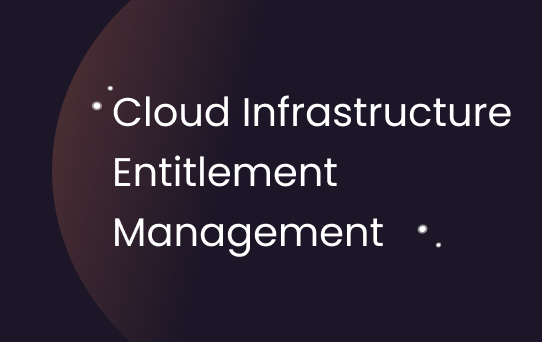What is CIEM?
CIEM, or Cloud Infrastructure Entitlement Management, is a security approach designed to manage and control user identities and their access rights in cloud platforms. It's an advanced form of Identity Access Management (IAM) that focuses specifically on managing permissions in cloud-based environments. Essentially, CIEM allows organizations to monitor and adjust access controls, thereby reducing the risk of data breaches due to over-provisioning or underutilized entitlements.
Why CIEM Exists and Who Needs It?
The advent of cloud computing has presented new security challenges, prompting the creation of CIEM. With businesses increasingly migrating their data and operations to the cloud, a comprehensive system to manage user identities and their entitlements became necessary. CIEM exists to ensure that users have appropriate access rights, restricted as per the principle of least privilege access. It's particularly crucial for businesses dealing with sensitive information, such as those in healthcare, finance, or government sectors, or any organization that relies heavily on cloud-based applications and infrastructure.
How CIEM is Used?
CIEM is used to systematically manage and control identities and their entitlements across a cloud platform. It ensures that permissions are correctly assigned and restricted to what's necessary for a user's role. It also continually audits these permissions to identify inaccuracies or anomalies that could indicate a security issue. CIEM can automate many of these tasks, reducing manual workload while enhancing security. By identifying unused or excess permissions, it helps organizations reduce their attack surface, blast radius and the risks associated with unauthorized access.
CIEM and Cloud Infrastructure
CIEM plays a critical role in sustaining cybersecurity in Cloud Infrastructure. Businesses often use multiple SaaS platforms, each with different access requirements and entitlements. This can lead to over-provisioning, where users are granted more access than they need, creating a security risk. CIEM helps resolve this by ensuring that access rights are strictly aligned with a user's responsibilities. Not only does this reduce security threats, but also improves operational efficiency by simplifying access management.
CIEM and DevOps
In the realm of DevOps, where fast-paced development and regular changes are the norms, managing attentive access control can be a daunting task. For DevOps teams, CIEM is a boon as it continuously monitors and adjusts access controls automatically. It has the ability to grant temporary access to resources when required and revoke it when no longer needed, which is crucial in maintaining security in dynamic DevOps environments.
In conclusion, CIEM may not yet be commonplace in every organization, but its importance in secure cloud usage and cybersecurity will likely drive its adoption in the future. For businesses in the cloud era, understanding and effectively employing CIEM is becoming increasingly important.








